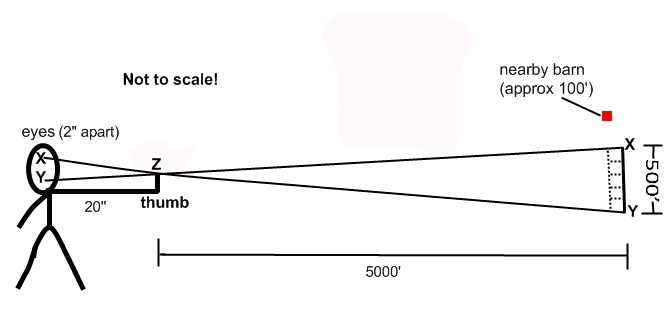Do you understand that your AR view is passing through, while the overlay goes through a lightguide?
We're talking about this product here called hololens. Not some imaginary completely different product.
A lens that can focus on an OLED + LCD stack, then a reverse lens to see through the outside world would be large and bulky, not a thin plate we see here. There are already many attempts at doing this, all bulky.
The problem is not easy to solve. Optical power need a focal length to work with. Focal Lengh needs distance. The rays need to bend based on a diffraction index, which is limited. Too much incidence and your light goes back in because it's beyond the TIR angle. Otherwise all DSLR lenses would be a thin plate.
Yeah, I kind of agree with that!
Incidentally, for my less fantastical and hyperbolic ideas that don't require everything passing through the same optics, I'm pretty sure that a black lcd blanking layer on Hololense or even just a photoreactive layer (as seen on light-reactive glasses since the 70s) could help to massively increase contrast and usability in the real world if it was deemed necessary. After all, your eyes don't focus on sunglasses when you wear them!
At the most basic level I can think of you'd use what we used to call "polaroid" or "reactalite" lenses here in the UK. Dumb layers that simply dim with brightness. Beyond that, a uniform LCD darkening / blanking layer would allow intelligent darkening of the lenses based on sensor readings.
Beyond that is where you get into potentially trickier ground, the idea I have is that you use a high resolution lcd "blind" and eye tracking (an inch away from a lense eye position would greatly impact on the needed darkening area to coincide with a projected image) to darken the area of the glasses which was appropriate.
I have no evidence to prove that this is currently acheiveable, other than my own experience of using partially shittied up glasses while Mountain Biking, back before I became a Jabba-Esque member of the PC gamer community. But I do believe that focusing *through* (rather than at) a selectively darkened lens is entirely possible without eye strain.
Anyway, that's my more realistic range of scenarios for improving Hololense, rather then just scoffing about the majesty and future potential of possible magic technologies (that I do indeed hope to see one day).

